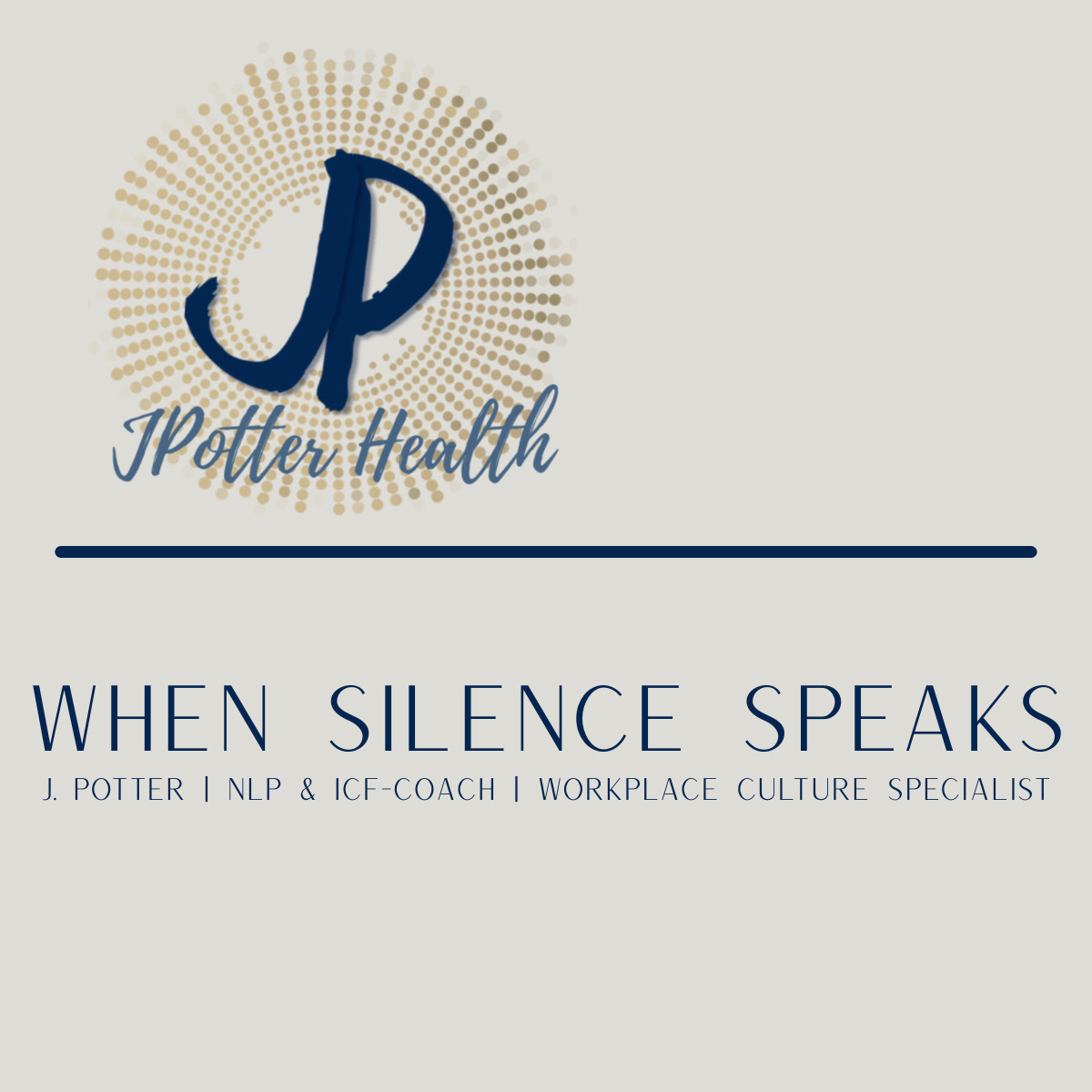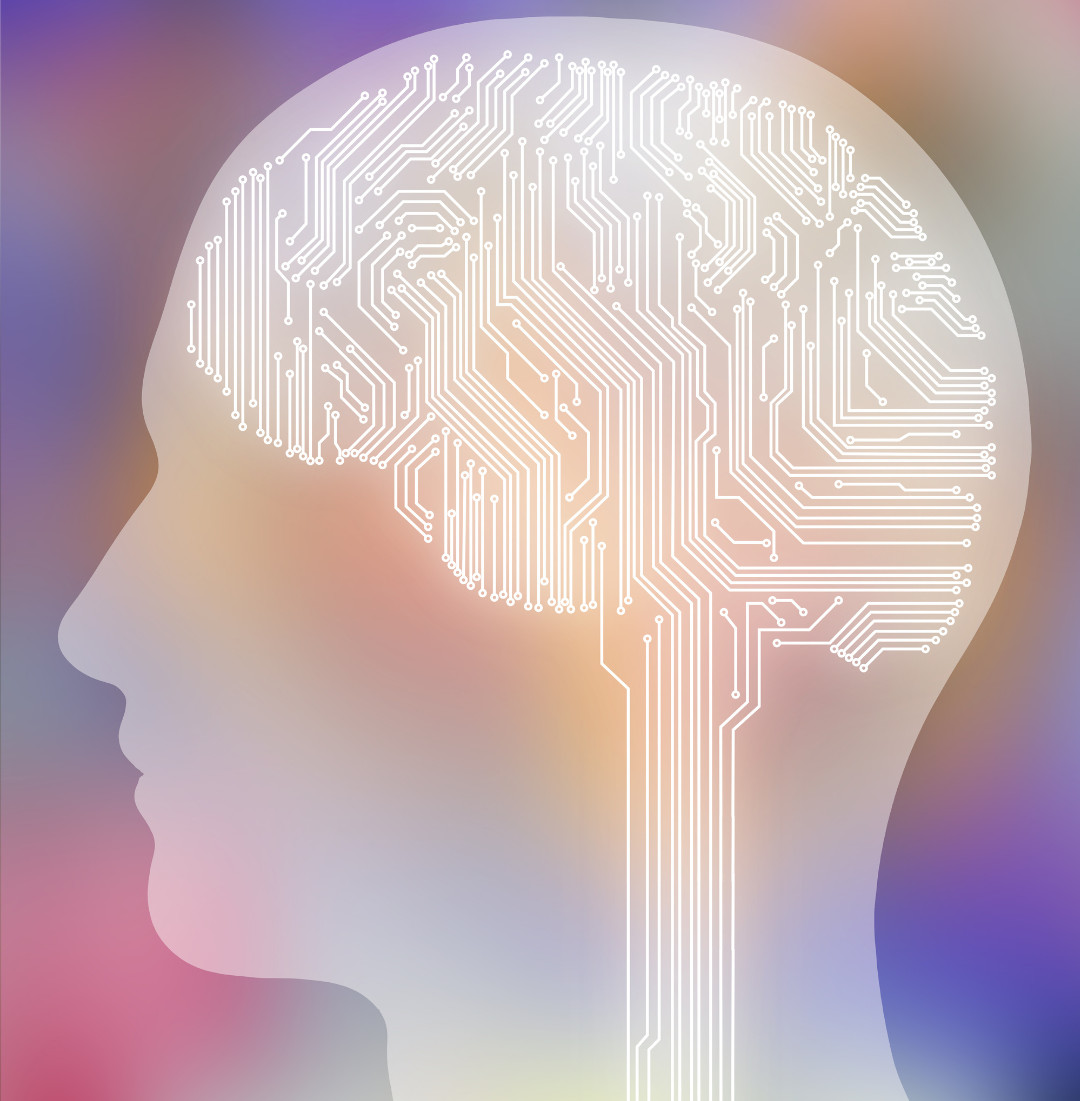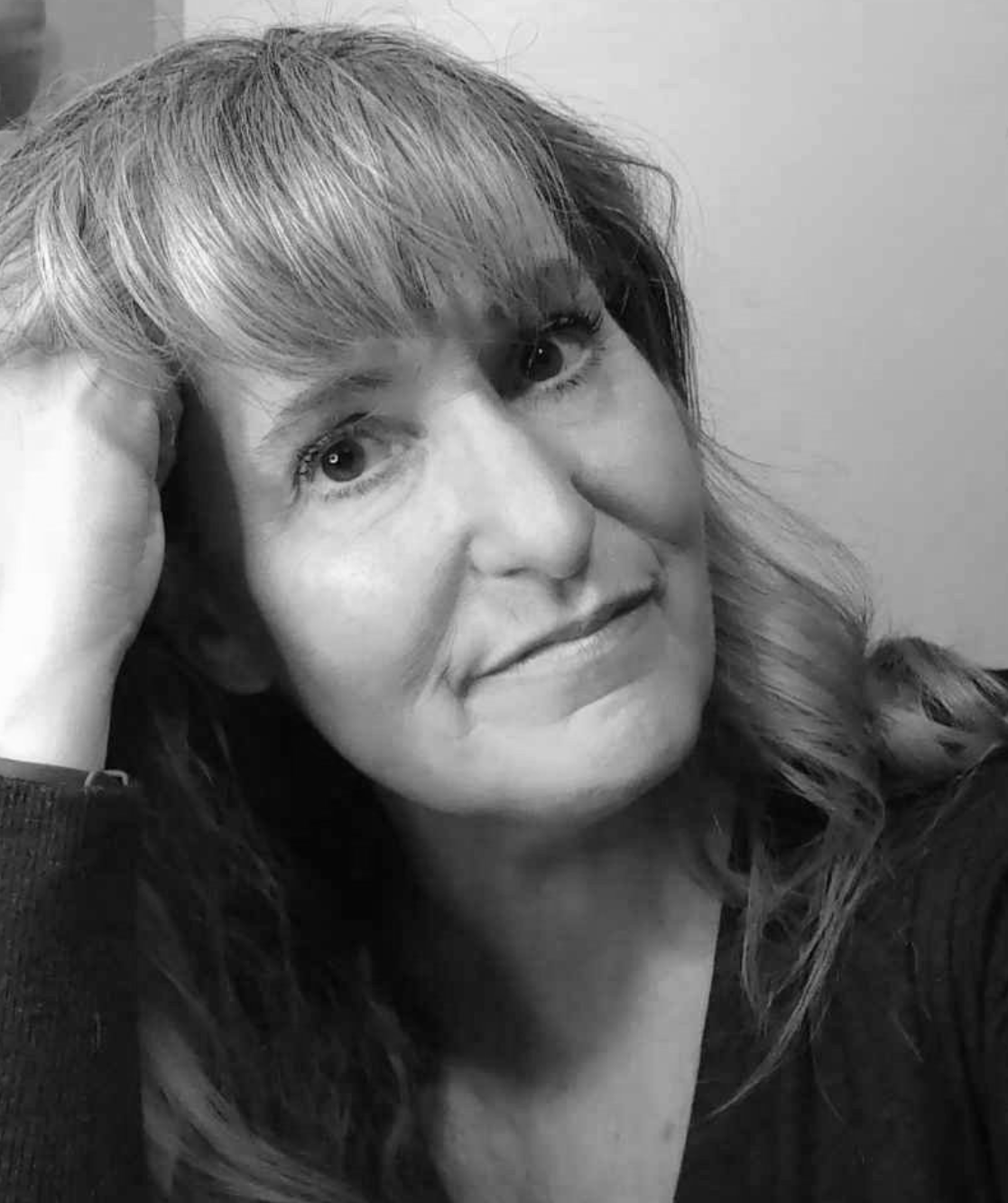
The Science Behind the Echo
Have you ever heard something that landed so deeply it seemed to vibrate inside you — long after the moment passed?
A story, a sentence, or a truth that stayed in your body before your brain caught up?
A story, a sentence, or a truth that stayed in your body before your brain caught up?
That lingering feeling isn’t imagination.
It’s neuroscience of emotion in action.
It’s your brain’s way of saying, “This matters.”
It’s neuroscience of emotion in action.
It’s your brain’s way of saying, “This matters.”
When an experience moves you deeply, your brain releases dopamine, activating neuroplasticity — the process of rewiring itself through emotion.
Mirror neurons help you feel others’ emotions, while the amygdala, prefrontal cortex, and hippocampus work together to store these meaningful
moments through memory reconsolidation. This is how emotional resonance transforms fleeting insight into lasting change.
The Dopamine Signal: Why Emotion Marks Memory
When something emotionally resonates, the brain releases dopamine, a neurotransmitter that tags the event as meaningful.
Dopamine doesn’t just make us feel good — it’s the chemical that says “remember this.”
Dopamine doesn’t just make us feel good — it’s the chemical that says “remember this.”
Research from the University of California, Irvine shows that emotionally charged experiences activate both the amygdala and the hippocampus, strengthening long-term memory formation and accelerating neuroplasticity and learning.
That’s why one powerful story or phrase can stay with us for years — it’s chemically bookmarked in our neural pathways.
Mirror Neurons and Empathy: The Brain’s Emotional Bridge
When we see someone express emotion — a tear, a smile, a sigh — our mirror neurons activate.
These specialized brain cells fire both when we act and when we witness someone else doing the same thing.
These specialized brain cells fire both when we act and when we witness someone else doing the same thing.
This is the biological foundation of empathy.
It’s how emotional resonance spreads through a room and why one person’s vulnerability invites another’s.
Our brains literally synchronize, creating a shared rhythm of safety and understanding — the essence of connection and collective healing.
It’s how emotional resonance spreads through a room and why one person’s vulnerability invites another’s.
Our brains literally synchronize, creating a shared rhythm of safety and understanding — the essence of connection and collective healing.
From Survival to Reflection: The Amygdala and Prefrontal Cortex
When we feel seen and safe, the amygdala — our brain’s alarm system — begins to calm.
This quiets the stress response and opens the prefrontal cortex, the region that governs empathy, decision-making, and perspective.
This quiets the stress response and opens the prefrontal cortex, the region that governs empathy, decision-making, and perspective.
Functional MRI studies show that mindfulness and relational safety strengthen communication between these two regions.
The result? Less reactivity, more reflection.
It’s the neurological shift from survival to meaning.
The result? Less reactivity, more reflection.
It’s the neurological shift from survival to meaning.
In this state, we make clearer choices, regulate emotions more easily, and begin genuine mindset growth.
The Hippocampus: Strengthening the Echo
After a meaningful experience, the hippocampus — your memory architect — gets to work.
Each time you revisit that event, the brain re-fires the same neural pathway through a process called memory reconsolidation.
Think of it like walking a trail again and again until it becomes smooth and clear.
Each time you revisit that event, the brain re-fires the same neural pathway through a process called memory reconsolidation.
Think of it like walking a trail again and again until it becomes smooth and clear.
Every reflection, journal entry, or mindful pause reinforces that pathway — guiding your brain’s rewiring process and embedding new truths into your mental landscape.
Why the Echo Matters
Transformation doesn’t happen only in the moment of insight.
It happens afterward — in the quiet reflection that follows.
It happens afterward — in the quiet reflection that follows.
Each time you revisit what inspired you, your brain strengthens the wiring that says:
“This new way of thinking is safe.”
That’s neuroplasticity at work — turning emotion into evolution.
So when something lights you up this week, pause.
Notice what’s echoing.
That’s your nervous system growing in real time.
So when something lights you up this week, pause.
Notice what’s echoing.
That’s your nervous system growing in real time.














0 Comments